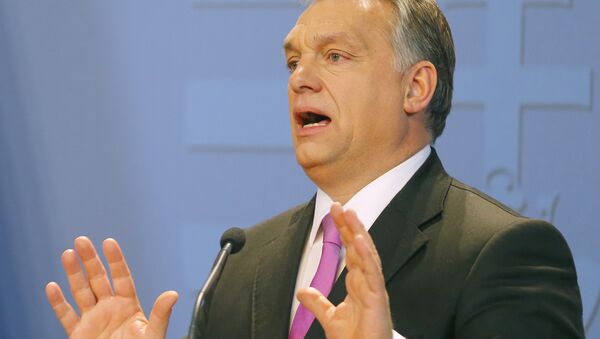The European Commission, June 7, introduced the "New Migration Partnership Framework" designed to forge alliances with non-EU countries to manage migration, reform the blue card system, allowing skilled non-EU workers the right to live and work in the EU, as well as "the integration of third-country nationals and their economic and social contribution to the EU."
The Commission said:
"Migratory pressure is the 'new normal' both for the EU and for partner countries and is part of a broader global displacement crisis."
Kovacs said in his blog: "That approach is fundamentally misguided, has little if any popular support and, as the Orban Government has been saying for months, sends the wrong message. Hungary opposes in no uncertain terms any plan that calls for a compulsory resettlement quota."
No, this is not the ’new normal’. On the latest @EU_Commission proposal, read my take on the blog https://t.co/KLrTDq5NfC @Avramopoulos
— Zoltan Kovacs (@zoltanspox) 10 June 2016
Minister of Foreign Affairs and Trade Peter Szijjarto said: "Both migrants and people traffickers interpret such proposals as an invitation. Accordingly, Hungary rejects the European Commission's proposal in the strongest possible terms."
Concrete Results
Kovacs told journalists in Brussels that the West Balkan route — the route favored by migrants to cross from Turkey, via Greece, Macedonia, Albania, Bulgaria and Serbia and into Hungary — had largely been closed by the actions of individual countries, rather than because of any action by the EU.
"Engaging with Macedonia and Serbia was more effective than the whole EU approach. The effective mechanisms of handling the crisis come not so from the joint European, or more European answer, but from the efforts of member states," Kovacs said.
In his blog, he repeated calls for the adoption of Hungarian Prime Minister Viktor Orban's so-called Schengen 2.0, under which migrants would be processed in hotspots outside of the EU and the Schengen borders would be strengthened.



